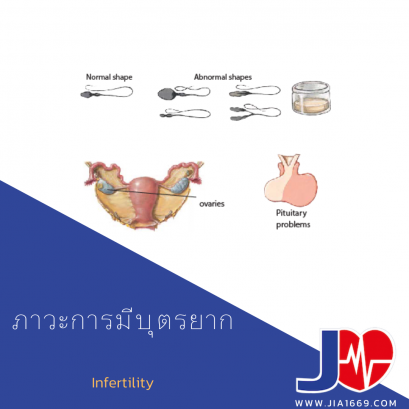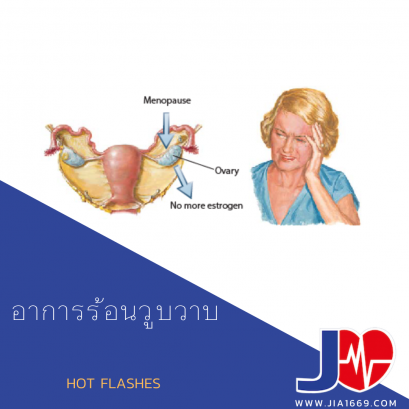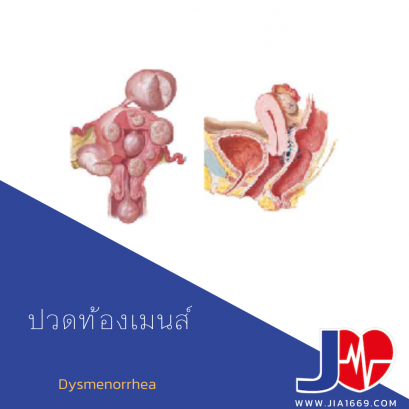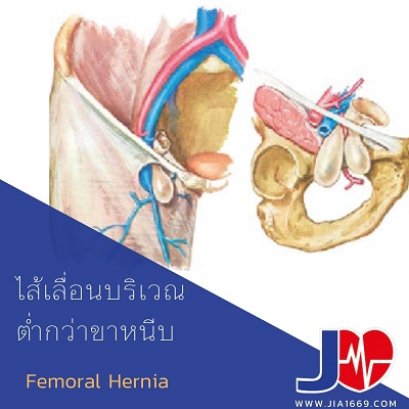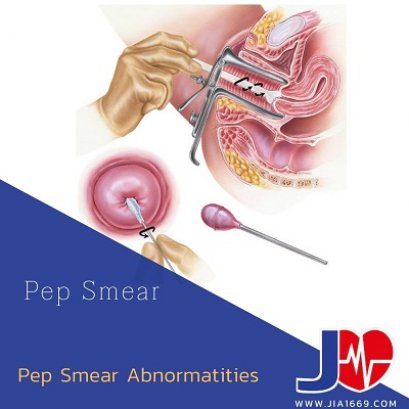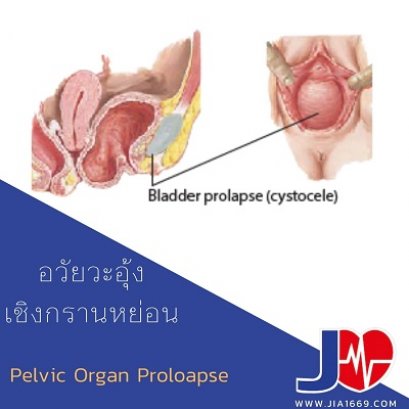Gynecology and Obstetrics
Lorem ipsum dolor sit amet, pri et feugiat consulatu. Eu per ceteros platonem. Ea dictas legendos ius. At adhuc solum has. Nec at harum euripidis, habeo elitr patrioque ne mel. Mei probo oportere posidonium in, has ei everti volutpat consequat.
18 May 2023
8% to 18% of people in the United States are unable to conceive and have children. Usually, 80% to 90% of healthy couples will conceive within 1 year of trying to conceive. Infertility often refers to the inability to conceive after one year of trying. Infertility can be divided into primary and secondary as the basis for fertility. Women who had never been pregnant were in primary care, and women who had been pregnant more than a year ago were in secondary care. More than half of infertile people were in primary care. and difficult to get pregnant after the age of 30
17 May 2023
A hot flash is a sudden onset of intense warmth in your neck, face, or chest, and is often accompanied by sweating and anxiety. Hot flashes are more common in women during menopause. Menopause (life changes when menstruation stops) Most start 1 to 2 years before menopause and stop after 2 years, but some women have it. Hot flashes for more than 15 years affecting women 75% after menopause
17 May 2023
It is a condition in which there is abnormal flow from the breast. milky fluid seeping from the nipples of women who are not breastfeeding Lactation is common in women who have had children and in women who have recently become pregnant or have stopped breastfeeding. It is also quite common in newborns. (This used to be called witch's milk.) In most women, it resolves on its own without treatment. It is a less common condition in males.
25 Apr 2023
Vaginal dryness is a loss of normal moisture. (or lubricant) in the vagina The result is discomfort and pain. It can also prevent sexual activity from flowing. It's a common problem. every woman can have But it is more common in women near menopause. It affects about one in five women in the near term, and more than half in women. after not producing estrogen in women for 5 years
25 Apr 2023
Cervical incompetence is the weakening or abnormal opening of the cervix early in pregnancy. The cervix is the entrance to the uterus. A loose cervix often leads to dilatation of the entire cervical canal during the second trimester. The uterine lining that holds the fetus in place (the sac) may rupture and the baby may be born prematurely. Up to 2% of all pregnancies may be affected. This condition can cause 20% to 25% of all second-trimester pregnancy losses.
25 Apr 2023
Cancer refers to the growth of abnormal cells in the body. Vaginal cancer refers to the growth of cancer cells in the vagina. The vagina is the tube that connects the uterus to the genitals. This type of cancer usually develops in the cells lining the vagina. This rare cancer affects 1 in 200,000 women and occurs primarily after menopause. (Change of life) The average age is 60 years. Cancer can spread to nearby organs or parts of the body through the bloodstream or lymphatic system.
25 Apr 2023
The placenta is the organ connected to the growing fetus on the wall of the uterus. It receives nutrients to the fetus and removes waste products and facilitates the exchange of oxygen through the mother's blood. The placenta tends to move up and away from the cervix. (opening at the bottom of the uterus) during fetal growth if not The cervix may be blocked. Placenta previa (placenta pre via) occurs when the placenta attaches to the wall of the uterus in the wrong place. near or covering the cervix Placenta previa affects approximately 1 in 200 pregnancies. It is the leading cause of bleeding during pregnancy. It may be total, partial, incremental, or minor. In total placenta previa, the opening is completely closed. in some placenta previa The opening is partially closed. In the marginal placenta previa, the edge of the placenta lies at the edge of the opening. in placenta previa The placenta sticks in the lower part of the uterus, and its edge is near the edge of the opening.
25 Apr 2023
Preeclampsia and preeclampsia are complications of pregnancy. Preeclampsia is associated with high blood pressure. loss of protein in the urine Eclampsia is also known as preeclampsia (which means kidney damage) and swelling of the feet that starts after the 20th week of pregnancy. Eclampsia is also known as preeclampsia or gestational seizures. It's a seizure. or coma in women with pre-eclampsia It can also occur when preeclampsia is not present. Seizures are not related to brain abnormalities. Eclampsia usually occurs after 20 weeks of pregnancy or less than 48 hours after delivery. Eclampsia that occurs before or after those times is called atypical eclampsia. convulsions not normal It occurs in 1 in 2,000 to 3,000 pregnancies. It's more common in women with preeclampsia. Of those women, 2% to 4% had seizures occurring.
25 Apr 2023
Vaginitis is inflammation (redness) of the vagina. It can have different causes, including a yeast infection called Candida albicans, a type of fungus, which is one cause. It is very common with up to 75% of women having a vaginal yeast infection. Women of any age can get these infections. When Candida yeasts are in large numbers, they can cause symptoms. In most cases, Candida vaginitis is easily treated. A number of women have recurring yeast infections.
25 Apr 2023
Uterine prolapse is the protrusion of the uterus into the vagina. The uterus is usually located above the vagina, held by muscles and ligaments. Uterine prolapse is caused by these muscles and ligaments and are too weak to hold on to the uterus. Gradually, the uterus sags and moves out of its normal position, so it bulges into the vagina. in extreme cases The uterus is very dilated and protrudes outside the vagina in between the legs. The bladder, urethra, and rectum (the muscles that control bowel movements) may bulge out along with the uterus. Untreated prolapse can cause cervical ulceration. This increases the likelihood of infection or injury to other pelvic organs.
25 Apr 2023
Fibroids or leiomyomata (myomas) are common non-cancerous growths that usually occur on or on the muscular wall of the uterus. One cell divides repeatedly and grows a smooth appearance. fibroids separated from the uterine wall Almost half of women over 50 have this kind of growth. It's more common in African American women than Caucasians. Nodules can grow into a single nodule or several nodules of different sizes.
25 Apr 2023
Trichomoniasis It is an infection of the genitals that is spread by sexual contact. It is one of the most common sexually transmitted diseases (STIs) or sexually transmitted diseases (STDs). It affects both sexes. But most are women ages 16 to 35. In the United States, about 2 million women are infected each year. The infection is not life-threatening. But it may lead to complications such as infertility. Infections of the skin tissue in the vagina (cellulitis) and, in men, blockage of the urethra. Infection during pregnancy can lead to premature delivery and low birth weight.
25 Apr 2023
Premenstrual syndrome (PMS) is a common group of symptoms that can occur during the later half of a woman's life. About 50% of women experience PMS sometime in their 20s and 30s, or until their 40s. Emotional, mental, and physical symptoms vary from mild to very severe. Most women cope with mild symptoms. Severe symptoms can affect family life, relationships, and work.
25 Apr 2023
Preeclampsia is also called preeclampsia, and high blood pressure can cause swelling. sudden weight gain and kidney problems They may present around the 20th week of pregnancy and persist until the baby is born. Pre-eclampsia affects about 6% to 8% of all pregnancies. It's common with first babies. Preeclampsia is serious. A condition that requires immediate treatment because it can turn into a serious problem called eclampsia. Eclampsia is life-threatening and can lead to seizures or coma. In some cases, the mother or baby may die.
25 Apr 2023
Menstruation is abdominal or back pain. occur during menstruation Up to 50% of women experience menstrual pain, about 15% have pain so severe that they cannot do normal activities. menstrual pain like this It can resolve on its own or less interfere with daily life as you get older or after giving birth. Women usually experience period pain 1 to 2 years after the onset of their period or in their early 20s. It usually gets better with time. But some women can have symptoms up until the age of 40.
25 Apr 2023
Menorrhagia is abnormally large amounts of bleeding during otherwise normal menstruation About 9% to 14% of women have about 10% during their reproductive years.
25 Apr 2023
Mastodynia is the medical term for breast pain. Menstrual pain or not menstrual pain Depending on whether it occurs on an individual cycle (cyclic) or not, joint pain often occurs in girls who have not yet gone through menopause. Irregular pain occurs in women over 40 years of age.
24 Apr 2023
Dysfunctional uterine bleeding (DUB) is abnormal bleeding. not related to your normal period This is a very common problem. which is not the only cause
24 Apr 2023
It is a disease of the breast. Fibrocystic refers to a different condition and includes the old name, fibrocystic breast disease. It is the most common benign disease. Non-cancerous (non-cancerous) breast tissue forms cysts (cysts) that are smooth, firm, and motile. These changes also lead to thickening throughout the breast, pain, and soreness. The cyst may spread over one area of the breast or appear as one or more large lumps in 60% to 75% of cases. % of all women will have tissue changes in their breasts. Fibrocystic changes occur most in women aged 30 to 50. Only 10% of women under 21 are affected.
24 Apr 2023
The uterus lies between the bladder and rectum. The inner wall of the uterus is the endometrium. and cancer in this layer Untreated endometrial cancer spreads and causes various problems in the pelvic area. including intestinal and urinary tract disorders If the spread continues Along with enlarged lymph nodes, abdominal, and liver, lung, and bone disease, more than 30,000 new cases of cancer are diagnosed each year in the United States.
24 Apr 2023
An ectopic pregnancy is a pregnancy somewhere other than the uterus. The most common place is the fallopian tubes. It's called a tubal pregnancy. These narrow tubes connect the uterus and ovaries. in normal pregnancy The fertilized egg travels through the fallopian tube to the uterus. The fallopian tubes are not large enough for the growing embryo. and cannot continue to get pregnant normally If the pregnancy continues, the tubes will stretch and rupture. This situation is an emergency and life threatening for the mother. An ectopic pregnancy occurs in the ovary, cervix, or abdomen. Often
23 Mar 2023
The cervix is at the end of the uterus. It is a narrow channel that leads to the uterus. Cervical polyps are soft. It looks like a finger-like polyp. It begins to grow from inside the cervix. The polyp hangs down from the stalk and usually pushes through the opening. Cervical polyps are common, especially in women over 20 who have had children. Almost all of them are benign. They are not contagious and rarely grow. There is no specific prevention method.
23 Mar 2023
The button-like cervix is at the end of the vagina. The strait leads to the uterus. Abnormal cervical cell proliferation sometimes called Precancerous changes, or abnormal cells. A Pap smear is the growth of abnormal cells in the lining of the cervix. It can be mild, moderate, or severe. Most cases are mild. and get better without treatment Untreated, severe abnormal cell growth can lead to cervical cancer.
23 Mar 2023
Morning sickness is nausea and vomiting that occurs during early pregnancy. Although 70% to 85% of women will experience morning sickness, only 1% to 2% will have many problems that can threaten the health of their pregnancy. womb This is called hyperemesis gravidarum (HG). Morning sickness is more likely to lead to twin pregnancies. (two or more twins)
18 Aug 2022
It is an uncommon skin disease that is more common in women. It can also affect men and children. It is most common in postmenopausal women and in men aged 40 to 60. It usually occurs on the outside of the vagina in women. Men can be found on the head of the penis. It can affect the skin around the anus. Sometimes it occurs on the top of the body, chest and upper arms.
6 Sep 2021
It's caused by the intestines, or a lump of fat that flows down the weakened abdominal wall inside the thigh. It is more common in women than men.
4 Jun 2021
Each month, approximately 2 weeks after menstruation, the ovaries release an egg. Fallopian tube connected to the uterus If you have sex during ovulation The sperm moves to mix with the egg and implant in the uterus.
20 Jul 2020
performed while examining the inside of a woman's vagina and collecting cervical cells for a microscope by inserting a speculum In the vagina to view the vulva and the doctor uses a spatula to collect a sample around the cervix. and labels on slides The cervical cancer screening test shows the effect of estrogen on the vagina and cervix and The examination can show that there is an infection.
20 Jul 2020
Uterus Bladder The rectum is the organ closest to the vagina, so it can be pushed or dropped through it, a prolapsed uterus, a prolapsed bladder, or a cystocele.
